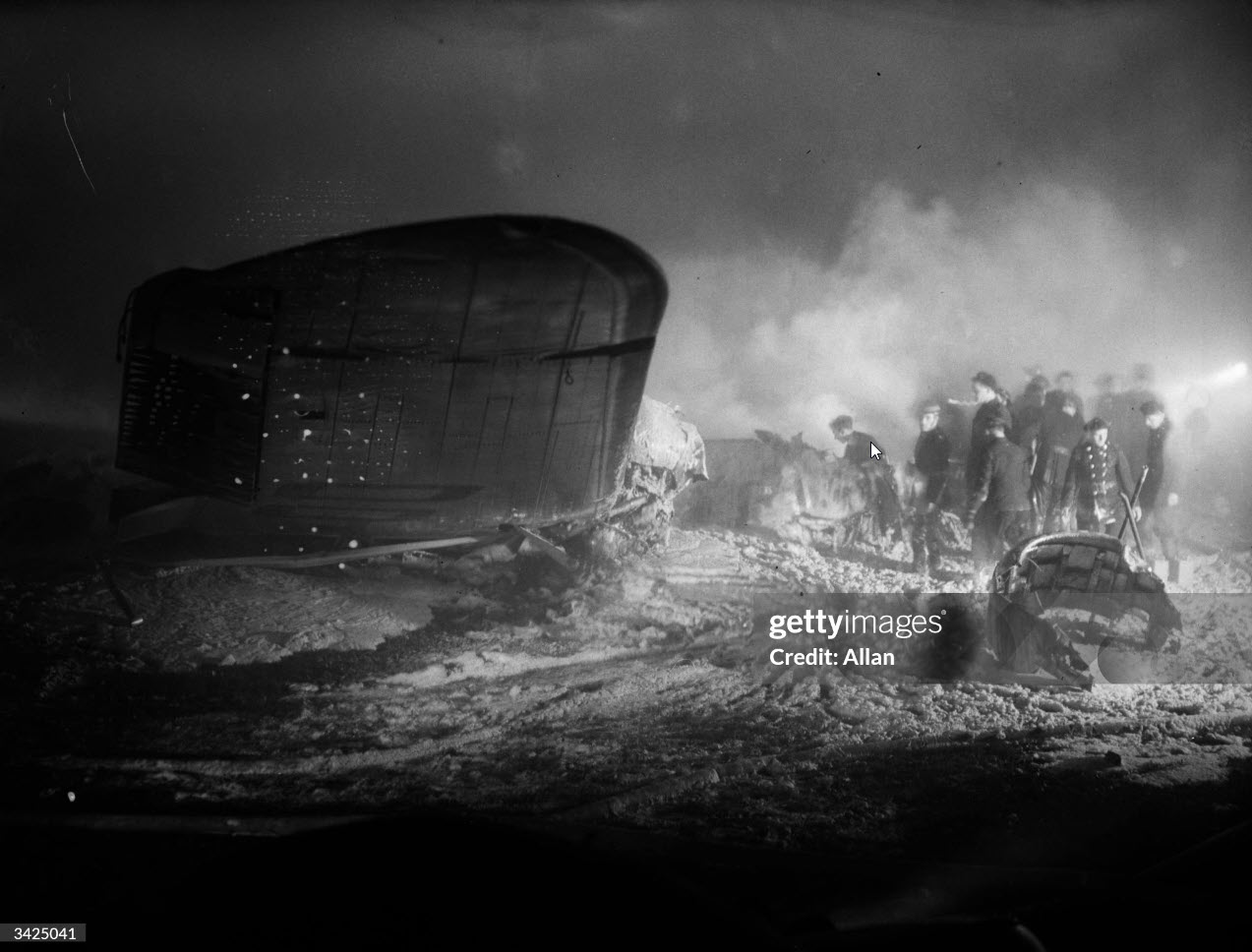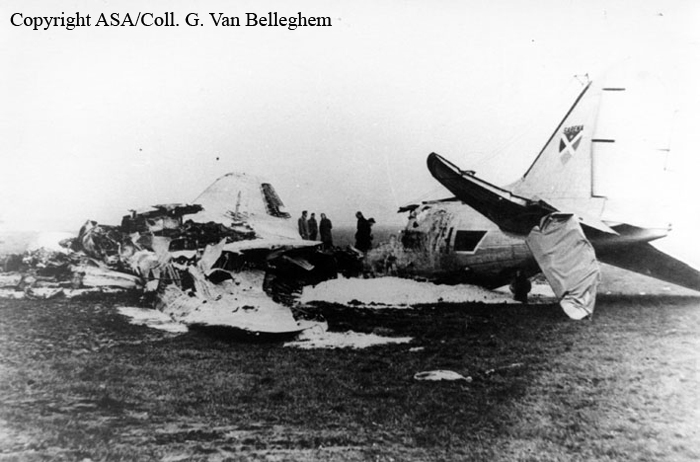Crash of a Douglas C-47A-50-DL on the Mt Hamilton: 2 killed
Date & Time:
Mar 8, 1948 at 1800 LT
Registration:
NC64722
Survivors:
No
Schedule:
Seattle – San Francisco
MSN:
10052
YOM:
1943
Crew on board:
2
Crew fatalities:
Pax on board:
0
Pax fatalities:
Other fatalities:
Total fatalities:
2
Captain / Total hours on type:
3926.00
Copilot / Total hours on type:
1630
Aircraft flight hours:
3534
Circumstances:
The flight departed from Seattle, Washington, at approximately 1300, March 8, 1948, with a crew consisting of George S. Griebel, pilot, and William F. Grund, co-pilot. It carried 800 gallons of fuel, but no passengers or cargo, weighing at the time of take-off 21.963 pounds. At 1615, the flight reported over Red Bluff, California, at 12.000 feet, and requested clearance to descend to and cruise at 10.000 feet. Oakland Airway Traffic Control granted the request, and also cleared the flight to the Moffett radio range station. 25 miles southeast of San Francisco Municipal Airport, San Francisco, California. At 1715, the flight advised San Francisco Approach Control that it as holding northwest of the Moffett radio range station at 10,000 feet. In reply, San Francisco Approach Control directed the flight to hold between the Moffett radio range station and a point 2 minutes northwest of it. At the same time the flight was advised to expect clearance to the San Francisco Municipal Airport at 1745. Between 1717 and 1734 the flight, while flying its holding pattern, received clearance and descended from 10,000 to 6,000 feet. At 1741, it was cleared to make a “straight in” approach to the San Francisco Airport. It was directed to report when it crossed the Moffett radio range station and 4,000 feet, and to report again when it had descended below the overcast, A minute later, at 1742, the flight reported leaving the Moffett radio range station and 4,000 feet. Though the San Francisco Tower called repeatedly, this was the last communication received from the flight.
Between 1755 and 1805 a rancher in the vicinity of Mt. Hamilton heard a noise he thought to be either thunder or blasting. About 1945, after driving to another part of his ranch, he observed fire in the hills and realized then that the noise he had thought to be thunder was that of an aircraft crashing. It was midnight before a searching party reached the wreckage, which was approximately 20 miles east-southeast (on a bearing of 110 degrees) from the Moffett radio range station, and at an elevation of 1,800 feet.
Between 1755 and 1805 a rancher in the vicinity of Mt. Hamilton heard a noise he thought to be either thunder or blasting. About 1945, after driving to another part of his ranch, he observed fire in the hills and realized then that the noise he had thought to be thunder was that of an aircraft crashing. It was midnight before a searching party reached the wreckage, which was approximately 20 miles east-southeast (on a bearing of 110 degrees) from the Moffett radio range station, and at an elevation of 1,800 feet.
Probable cause:
The Board determines that the probable cause of this accident was the flight’s deviation from its clearance and from approved instrument procedure.
Final Report:








